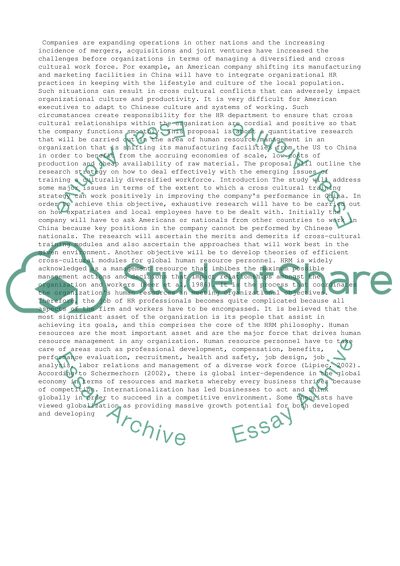Cite this document
(“Advanced Research Methods Dissertation Example | Topics and Well Written Essays - 2750 words”, n.d.)
Retrieved de https://studentshare.org/management/1391417-advanced-research-methods
Retrieved de https://studentshare.org/management/1391417-advanced-research-methods
(Advanced Research Methods Dissertation Example | Topics and Well Written Essays - 2750 Words)
https://studentshare.org/management/1391417-advanced-research-methods.
https://studentshare.org/management/1391417-advanced-research-methods.
“Advanced Research Methods Dissertation Example | Topics and Well Written Essays - 2750 Words”, n.d. https://studentshare.org/management/1391417-advanced-research-methods.


